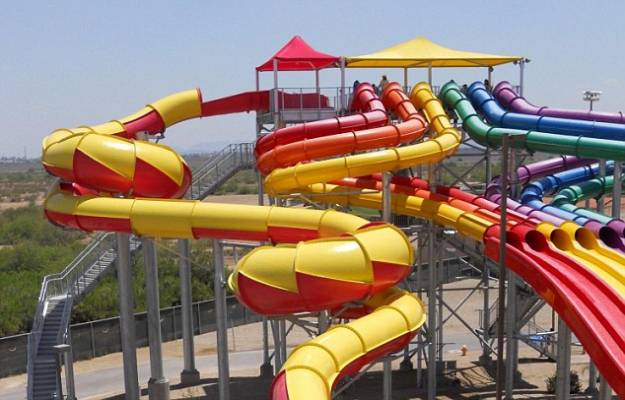

*If you plan on seeing it on a tour, please inquire with the tour company about the current flow before you book. There is also a period in the summer that you can see the falls due to monsoon season but the window can be short and is highly dependent on the weather patterns of that year. This is due to the snowmelt from earlier in the year. The best time to see the falls are during March and April. For this reason, there are only specific times of year when the waterfalls are actually flowing. THE PHOENIX AZ CLIMATE SUMMARY FOR THE YEAR OF 2020.The falls are fed by the snowmelt and rain from the White Mountains and flow into the Little Colorado River. While the hot weather finally relaxed late in the fall and early winter, precipitation still has been lacking allowing drought to take a solid hold on the area. Given the heat and prolonged dryness, drought rapidly emerged through the middle of the year with the rarest category of Exceptional Drought setting an unprecedented amount of coverage in Arizona through the fall season. In fact in addition to the summer, autumn 2020 was also the warmest on record for the region. With very little thunderstorm activity in the summer, the hot and dry conditions persisted nearly seamlessly into the autumn. The heat wasn't reserved just for Phoenix, as the entire Southwest region experienced its hottest and driest monsoon on record. Not to be outdone, August 2020 broke the July 2020 record such that these 2 summer months now stand as the hottest two on record for Phoenix. In Phoenix, July 2020 set a record for the hottest month ever recorded in the city (since records began in 1896). High pressure became locked directly over southern Arizona trapping better moisture into central Mexico and producing day after day of excessive heat. The 2020 summer monsoon started slowly and never really was able to pull substantial moisture into the region. By the end of summer, nearly 1 million acres had burned in Arizona - more than the past 2 years combined. And not surprisingly, wildfire became a serious and dangerous issue for Arizona. With two successive "wet" winters, the amount of fine fuels at lower elevations was more than had been seen in over a decade.
DOES WET AND WILD CLOSE FOR RAIN PHOENIX FULL
Once the hotter, drier spring season settled into full effect, these grasses and bushes dried into abundant, dense fuels ready to burn.

However, the soaking rains across lower elevations had a not-so-welcome consequence of forcing a surge in growth of grasses and small bushes (and lawn weeds for local residents). As it ended up, these spring precipitation events were very welcome with generous mountain snowfall eventually helping nearly fill local reservoirs.
DOES WET AND WILD CLOSE FOR RAIN PHOENIX SERIES
That changed quite abruptly in March and April as a series of storm systems swept through the Southwest. The resulting weather pattern was fairly typical for January and February, albeit drier than normal across the region. Records in Yuma began in 18 in El Centro.Ģ019 started with a very weak El Nino transitioning into a neutral condition. Records for Phoenix began in 1896, first taken in downtown and since moved to Sky Harbor airport in the 1950s. Unfortunately, prolonged equipment outages at Yuma, Arizona preclude an accurate ranking versus historical records.

The year 2020 ended up being the 2nd warmest year recorded in the history of Phoenix, Arizona and 6th warmest at El Centro, CA.


 0 kommentar(er)
0 kommentar(er)
